From rare interviews to important technological advancements: a snapshot of photographic history from the BJP archive
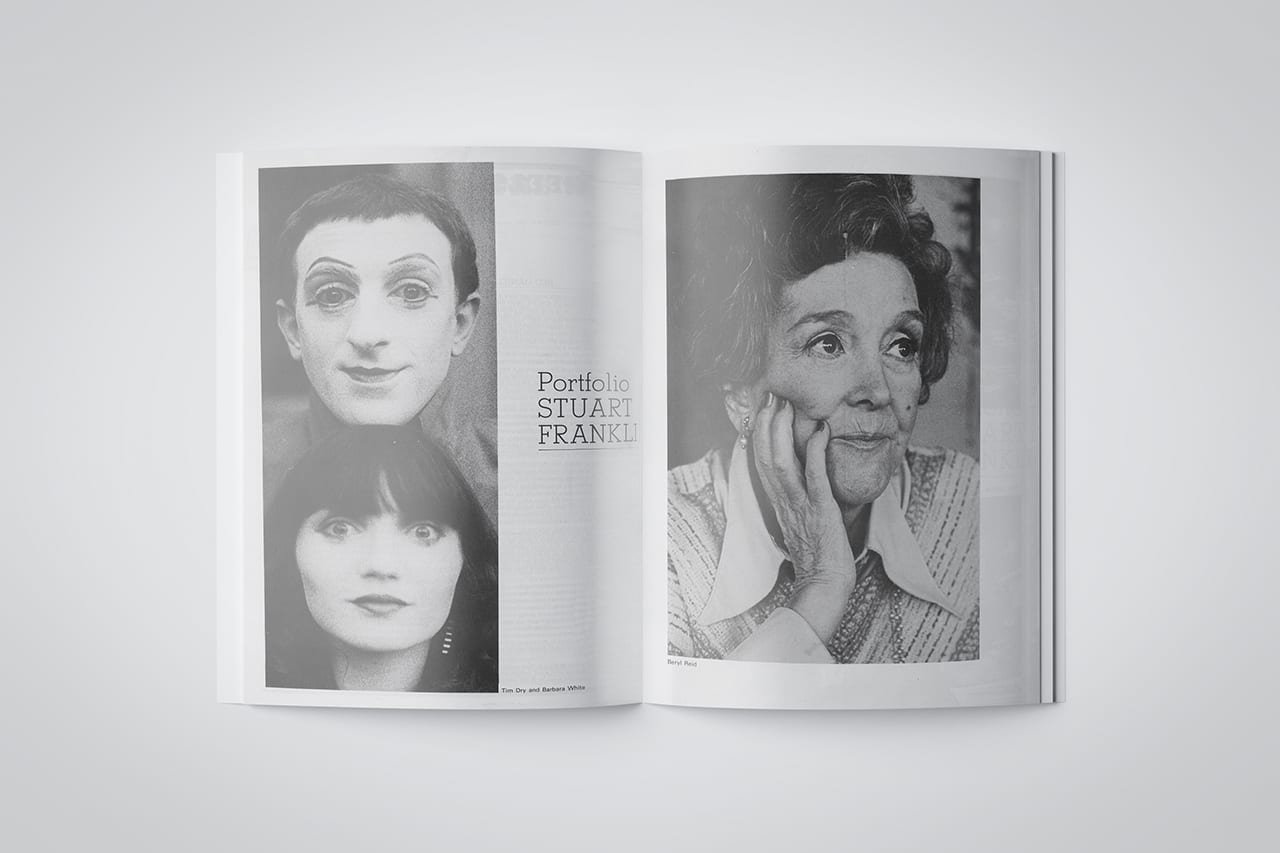

From rare interviews to important technological advancements: a snapshot of photographic history from the BJP archive
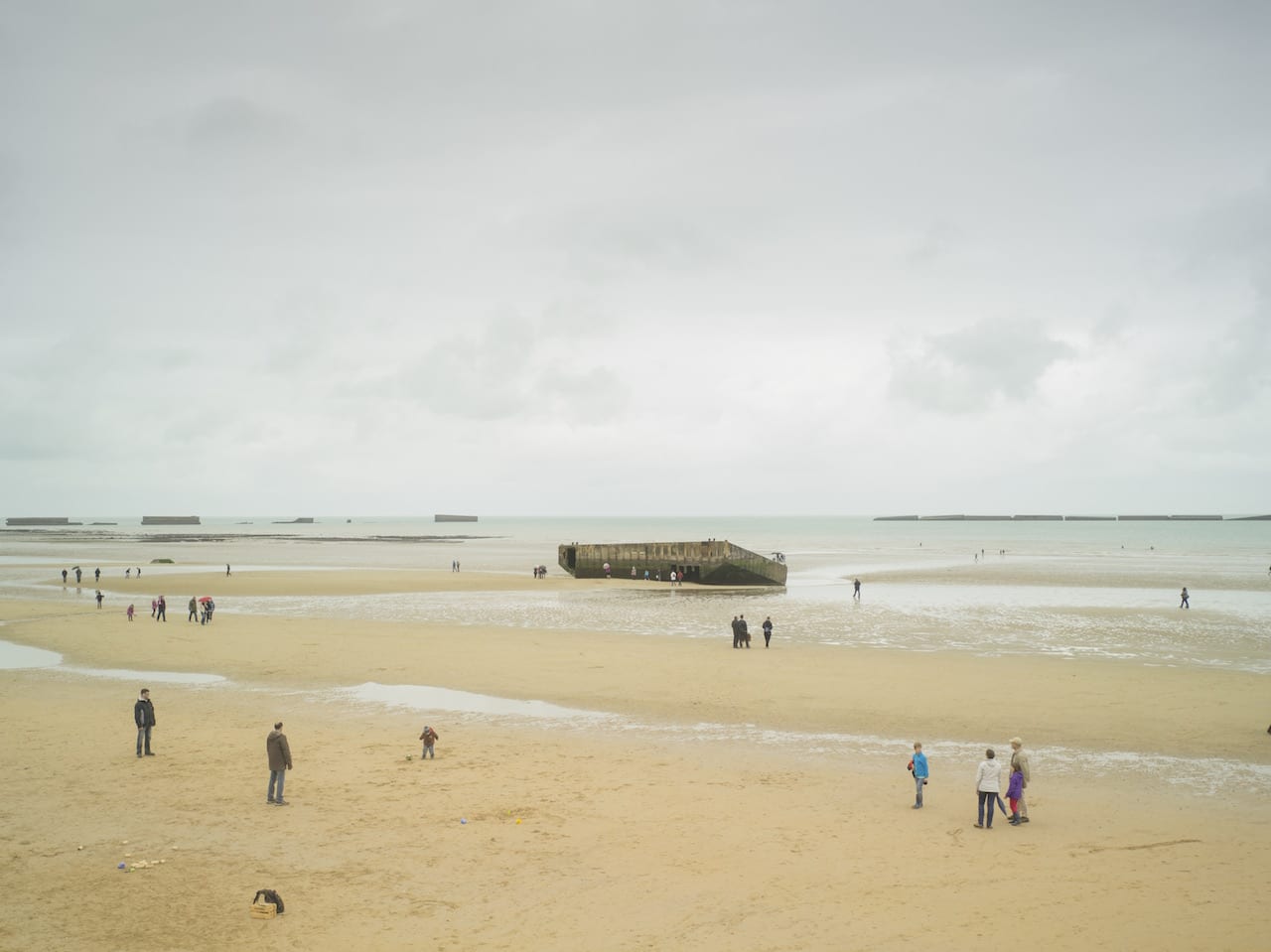
“Great storytelling is never merely about facts,” explains Donald Weber. “D-Day actually happened, and as such it can be studied in detail. As an historical event, however, it has the potential to vibrate myth. Together, quantifiable and relative aspects are defining the essence of storytelling which, in itself, is the ultimate art performed in War Sand.” Weber is referring to his latest project, born of the idea that sand is mnemonic and, for this photographer, it is a repository that has retained the war stories of his grandfather, a commando in the Canadian army. Shortly after publishing Interrogations in 2011, Weber says he “needed to recover from my experiences in Ukraine, where I documented all-too-real interrogations of suspected criminals”.
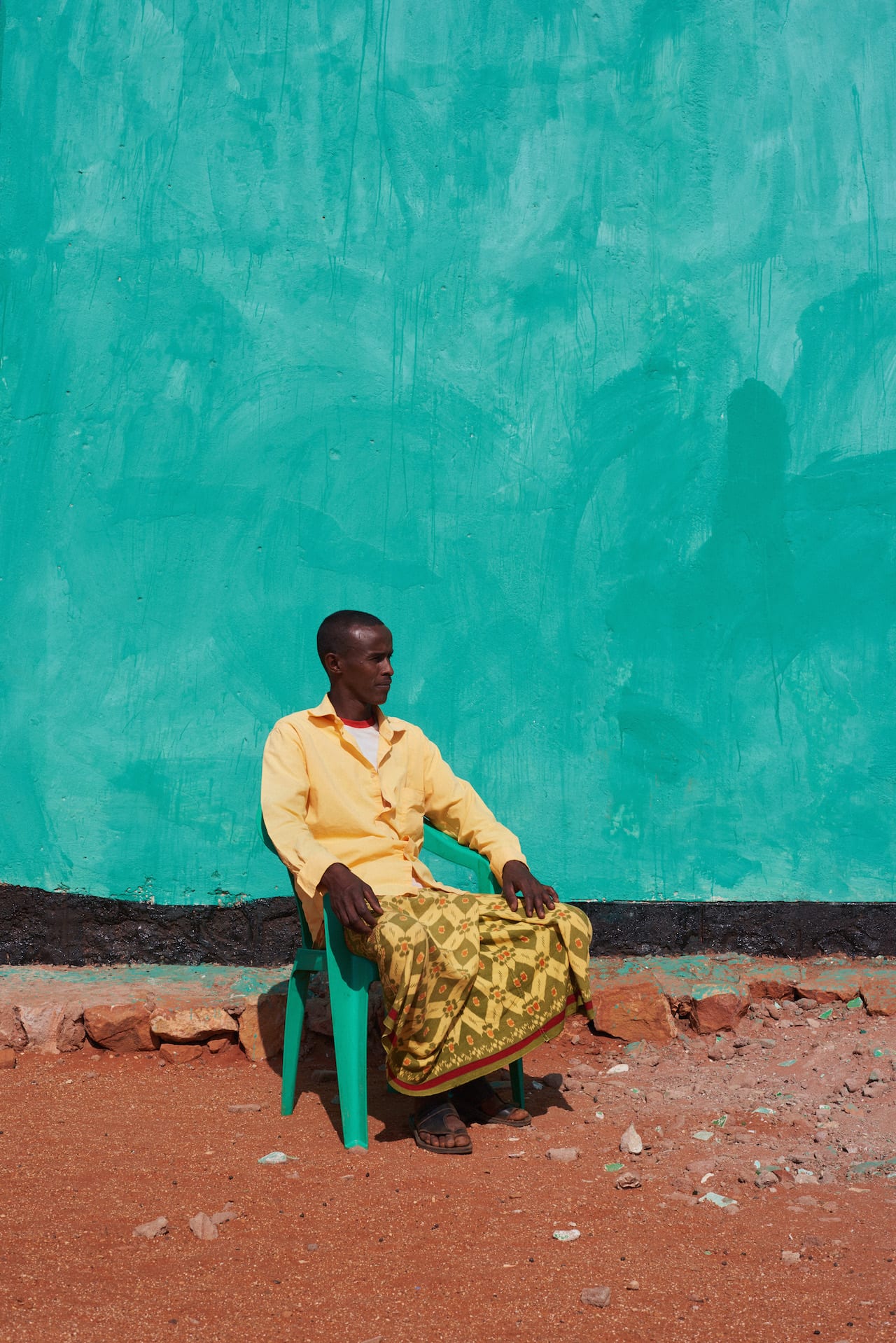
The visual language NGOs use to show the developing world is often sombre, designed to shock our senses by highlighting the desperate situations of communities fleeing persecution or natural disaster. Think of Ethiopia, for example, and the images that immediately come to mind are of a country plagued by drought and famine. What is less recognised is that the country, which stretches over the Horn of Africa, is also home to fields of lush agricultural land, and expanses of green nourished by mountainous lakes. But it was this vibrant image that Oxfam sought to convey in its 75th- anniversary collaboration with Annie Sloan paint, a brand more often seen on the pages of glossy interiors magazines. The idea for the collaboration came when Ellie Farmer, a film and photography producer at Oxfam, was on a trip in Sicily and noticed brightly-coloured refugee boats lined up on the beach. Spurred into thinking about the influence colour can have on storytelling, she approached Sloan – who in turn was inspired to create a new chalk-based product, referencing the colours of Ethiopia, in which Oxfam has an established aid programme.
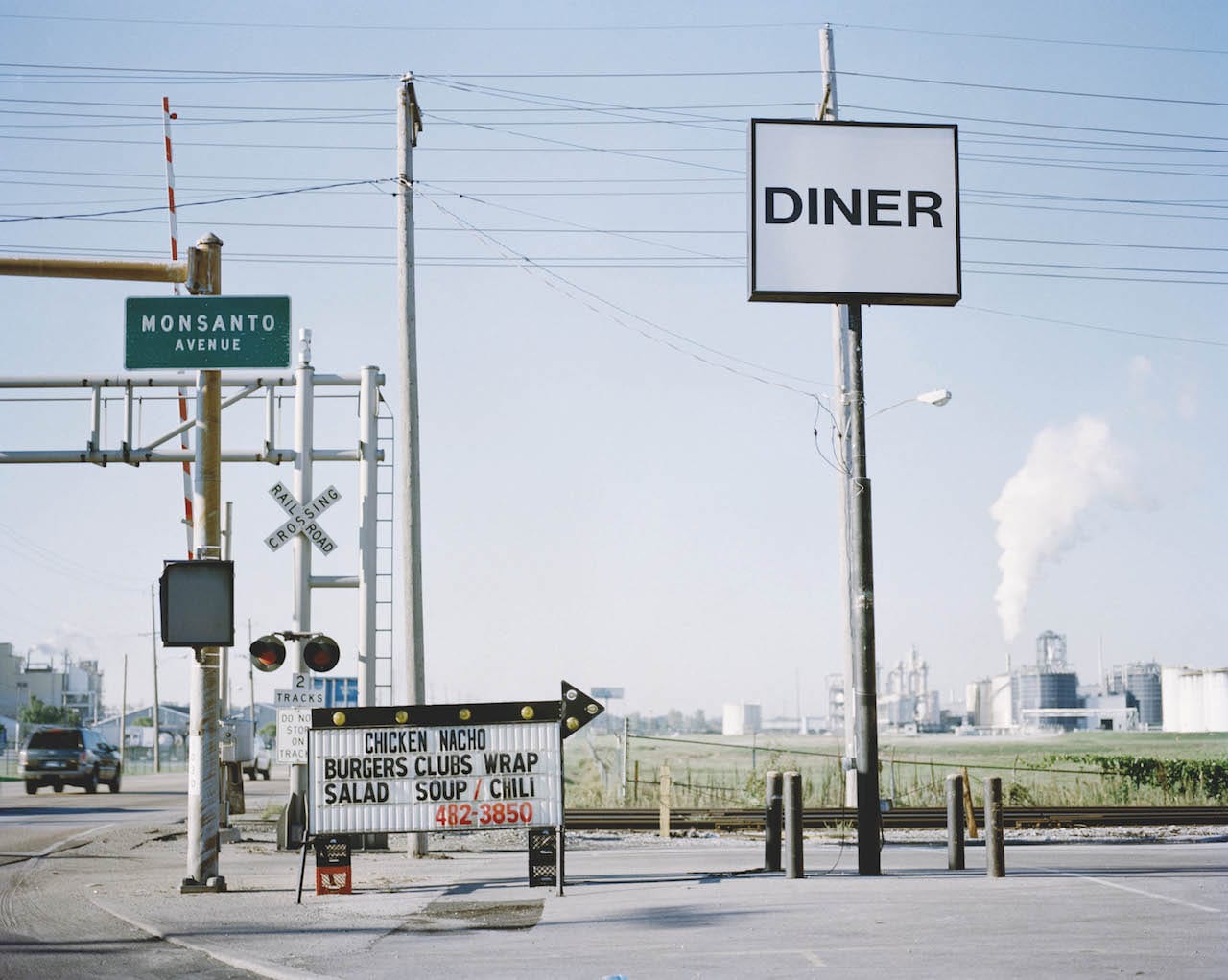
Digital editor Diane Smyth sheds light on what she looks for when selecting feature-worthy projects.
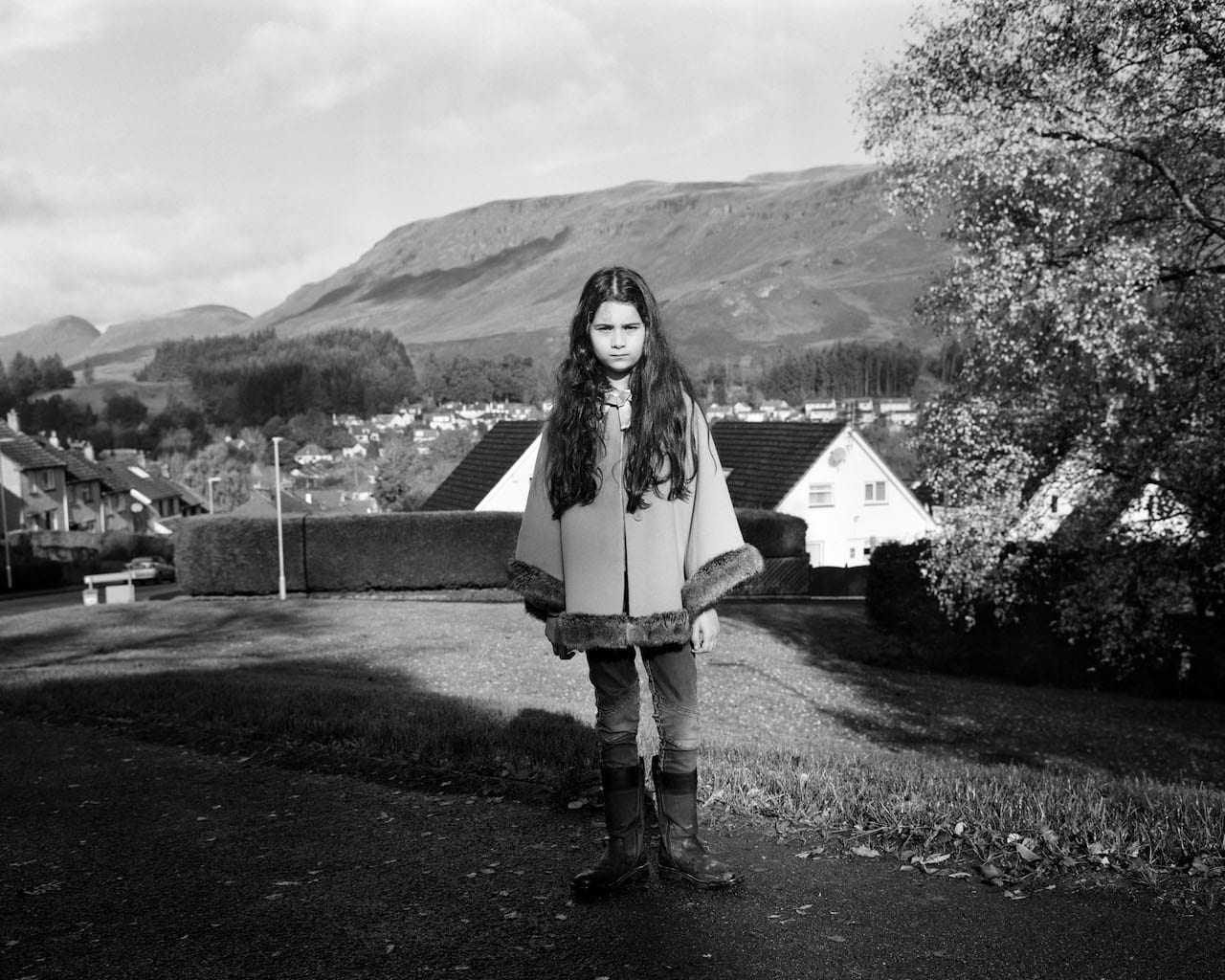
It’s a commendable milestone by anyone’s standards – for 70 years, Magnum Photos has been at the forefront of documentary photography, photojournalism and visual storytelling, its members reporting on conflicts, crises and changes for humanity the world over. To celebrate Magnum’s long and rich history, the agency has devised Magnum Retold, a huge group project in which current members revisit stories by their predecessors. Photographers were invited to respond to an archival story that had influenced or inspired their practice in some way – a story that meant something to them personally, or a topical subject they wished to revisit. “There is a repository of amazing work, which is the 70-year-old legacy of these incredible photographers,” explains Magnum’s content director, Francesca Sears.
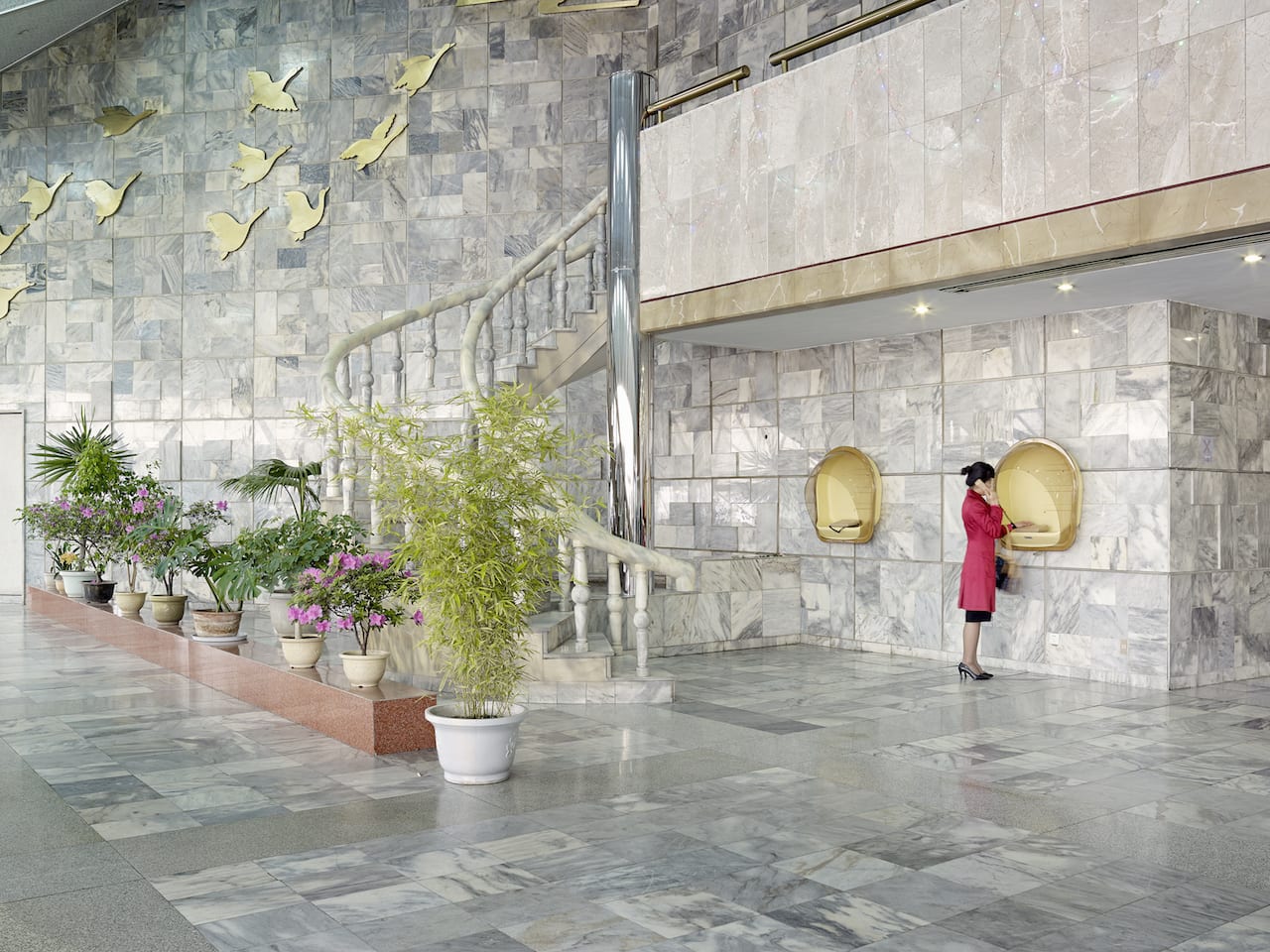
Documentary images of North Korea have trickled steadily into the media landscape since the late 1990s. Since those granted access to the region are afforded little freedom to be creative, their main depictions are usually of totalitarian dictatorship, state-sanctioned ideologies, normalised militarism, and colossal architecture, all of which have become over-familiar in images of the country. This documentary déjà vu is what prompted Eddo Hartmann to pursue a multimedia project about North Korea, to act as a record for what many of us cannot see. The photographer visited Pyongyang, the country’s capital, four times between 2014 and 2017, creating thousands of large and medium format digital images of the city’s architecture and citizens. “I kept seeing images in this World Press Photo kind of style,” he explains. “I knew that if I were to go there, it would not be the way that I would take pictures, because it wouldn’t be interesting.”

It’s the 21st year of the prize, and this year the shortlisted projects by Mathieu Asselin, Rafal Milach, Batia Suter, and Luke Willis Thompson all “reflect a shared concern with the production and manipulation of knowledge and systems of representation through visual formats”, say the organisers of the Deutsche Börse Photography Foundation Prize 2018. Mathieu Asselin (b. 1973, France) has been nominated for Monsanto: A Photographic Investigation, which was published this year by Actes Sud and exhibited at Les Rencontres d’Arles, and which has already won the First Book of the Year in the Paris Photo-Aperture Foundation Photobook Awards 2017.
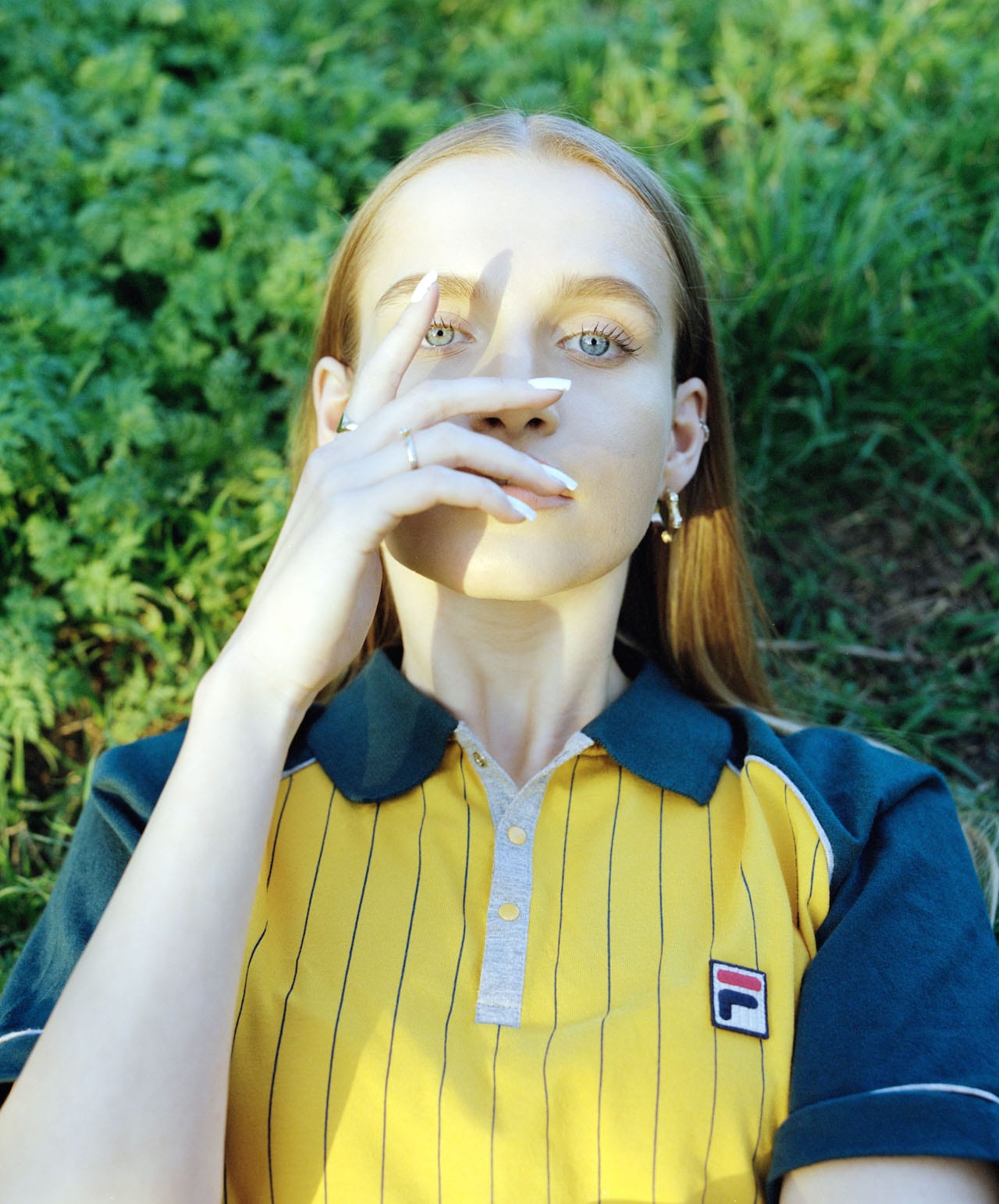
For Omar Khaleel, fashion is personal. Using his native Birmingham as a backdrop for his editorial commissions and portraits, he shapes his work according to the details and textures of British urban life. From the streetwear his models are styled in, to the musicians he photographs and the local streets he uses as locations, Khaleel’s photographs pay tribute to the many facets of inner-city identity and are steeped in the environment that shapes it. As a British-Yemeni, representing cultural diversity plays an important role in Khaleel’s approach to photography. “I am bicultural and live in a culturally rich but economically poor inner-city environment,” he says. “I have been blessed enough to have grown up with and be around people from all walks of life.”
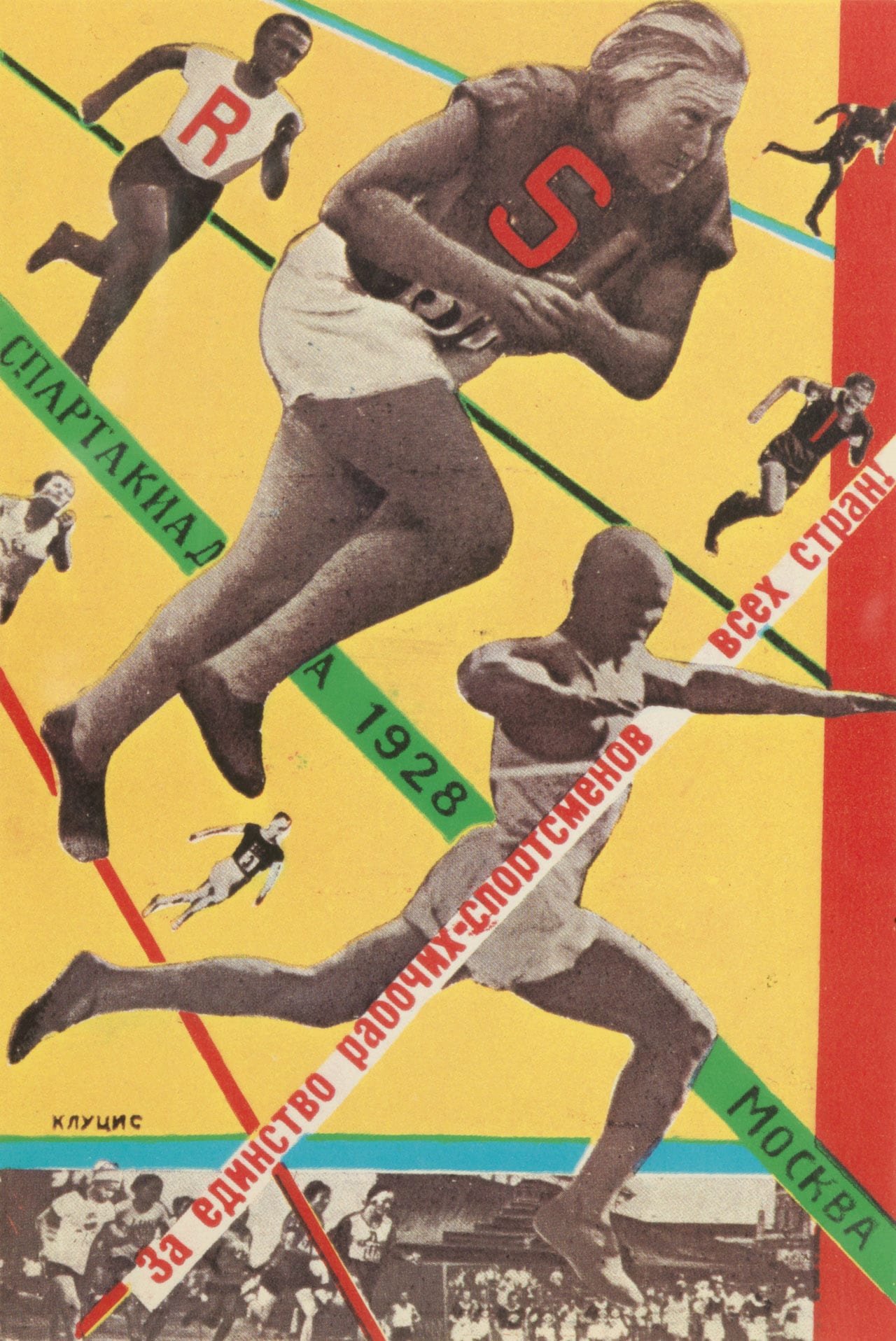
It’s a spectacularly beautiful early morning in December and the traffic is rolling past indifferently on one of North London’s less than silent streets. I’m standing in front of a large red door, having come to visit David King and his world-famous collection documenting the extraordinary visual history of the Soviet Union. King has been assembling the collection for almost five decades and now it is in the process of being transferred to the archives of Tate Modern. The collection has always run in parallel to his work as a graphic designer, photographer and author – work, it is fair to say, that shows influence from the Bolshevik-era material he has discovered on his many visits to the former USSR, and which he has often drawn from in his books, posters, photographs and graphic work.